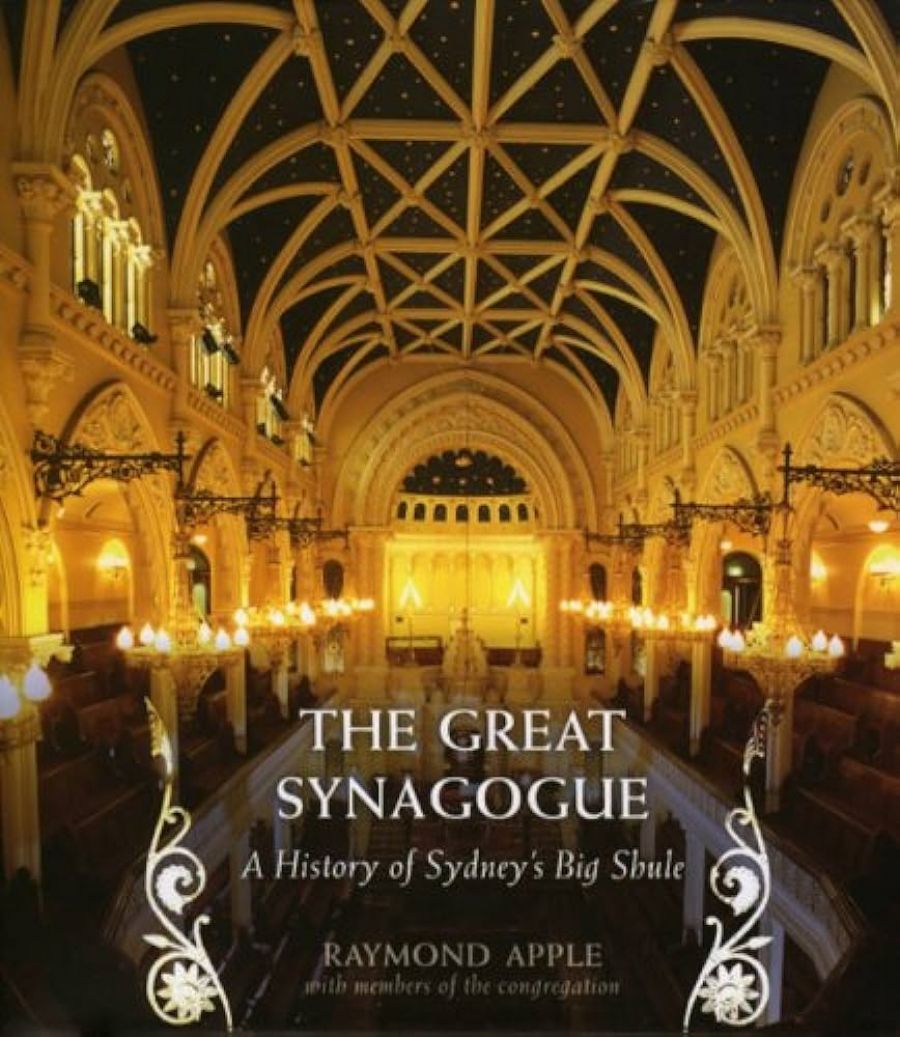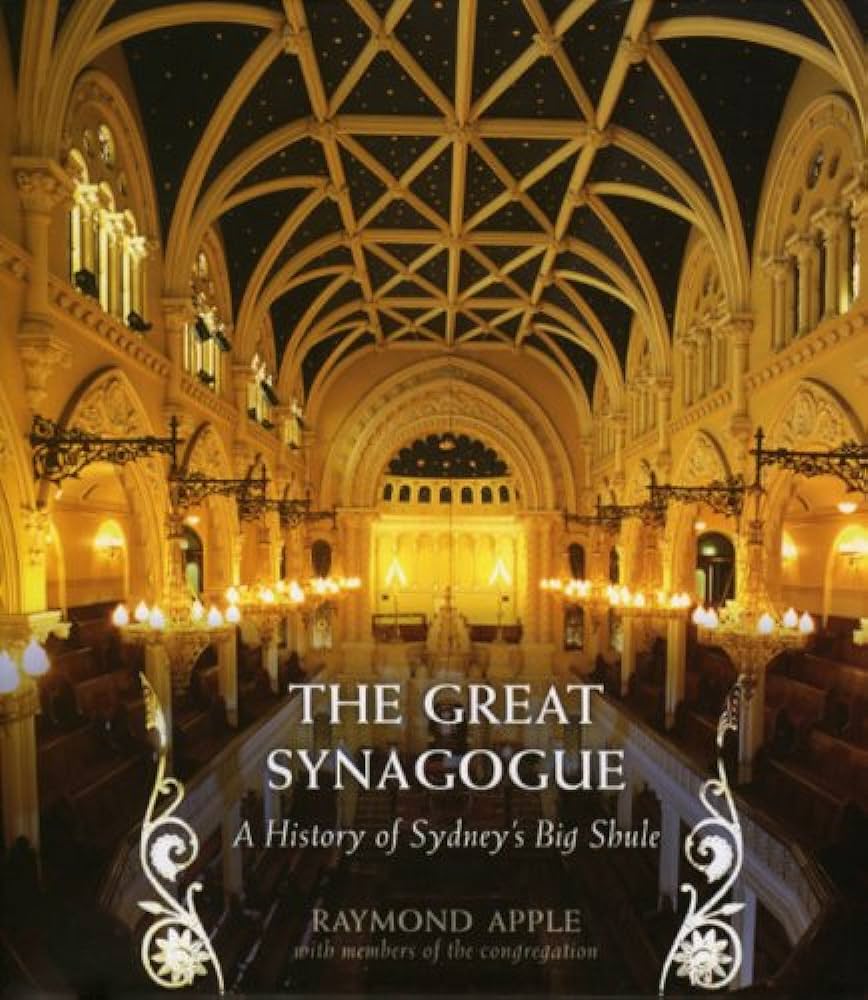
- Free Article: No
- Contents Category: Jewish Studies
- Review Article: Yes
- Article Title: The great jigsaw
- Online Only: No
- Custom Highlight Text:
The Australian migrant experience is often regarded through the prism of the postwar experience and the waves of immigration and exodus, chiefly from Europe. Today, except among historians, the settlement of Australia is often the butt of colonial and convict humour, or the stuff of pop-cultural iconography and self-identification. This comes at the expense of a true appreciation and understanding of Australia’s rich cultural and demographic origins. In the light of recent cultural debates regarding ethnicity and multiculturalism, it is clear that our understanding of our society, and the varied backgrounds of its constituents, is wanting.
- Book 1 Title: The Great Synagogue
- Book 1 Subtitle: A history of Sydney’s big shule
- Book 1 Biblio: UNSW Press, $49.95 hb, 342 pp
- Book 1 Cover Small (400 x 600):

- Book 1 Cover (800 x 1200):

One of the key strengths of The Great Synagogue: A History of Sydney’s Big Shule lies in its early chapters, and in its documentation of the arrival of Australia’s first Jews. Here were the makings of a community long before that community formed; people that settled, established themselves as part of a growing country and future nation, and soon became a central part of its fabric:
At the beginning of 1788, the First Fleet arrived in Sydney harbour. Among the convicts were at least 16 Jews. Over the years, about 1000 Jews arrived as convicts, mostly young, English and Ashkenazi … No properly constituted Jewish Community was set up for nearly 30 years after 1788 … Many of the founders of the Great Synagogue belonged to the upper crust of colonial society. Those who had a convict past hid it away and preferred their children not to know the complete truth about their antecedents. Already in 1845, when the Sydney Synagogue issued a printed report with some historical background about the community, the past was whitewashed, even though many of the congregational committee still vividly remembered their experiences as transported felons.
In a collection of anecdotal, archival and historical essays, articles, contributions, profiles and biographies, Raymond Apple (senior rabbi of the Great Synagogue for thirty-two years until 2005), along with members of the congregation, documents the establishment of the Great Synagogue and the Jewish life that sprang up around this central and landmark institution.
In Jewish tradition and lore, the synagogue is far more than just a place of worship. Over time, synagogues have become places of learning, community activity, charity drives, celebrations, gatherings, libraries and repositories of sacred texts, ideological platforms, and communal and religious hubs.
Some of the book’s most interesting chapters deal with the establishment of the community at the heart of The Great, as it has come to be known. Rivalries, communal rifts, delineation based on ethnic origin; Apple has furnished readers with what seems a candid and frank account of the birth, growth and ongoing life of a vibrant, diverse and highly engaged community.
Alongside entries on each of the senior rabbis, ministers, lay leaders and administrative heads of The Great, there are chapters on an emerging liturgical and musical tradition, publications, cultural events and institutions, community activities, and the growth of various religious and educational facilities, with insights into how a shule works, its governance and the very English origins of many Australian synagogues.
Of greater interest to the general reader, or casual historical enthusiast, will be Apple’s account of emerging cultural phenomena such as the response to Zionism, and the wider context of day-to-day Australian Jewish and Jewish Australian life. Neither does Apple shy away from crises, politics, scandals, prejudices and missteps. He covers internecine politics, ecclesiastical rivalries and intercommunal bickering, as well as addressing social issues such as assimilation, intermarriage and anti-Semitism:
Major demographic changes followed in the wake of the waves of refugee immigration, with the ethnic base and economic picture of the congregation diversifying … It took decades for the synagogue to unbend and to welcome who-ever wanted to come to services and take part in activities.
The Great Synagogue: A History of Sydney’s Big Shule is an elegantly presented, meticulously detailed and beautifully photographed history of an iconic institution at the heart of one of Australia’s first recognisable Jewish establishments. The book is a tightly structured and systematic history, covering as it does the cultural, ecclesiastical, social and political currents that shaped the emergence and development of a key part of Australia’s Jewish identity, and its societal, cultural and communal traditions and polity. This book presents a rich vein of cultural and historical curios that are another piece in the jigsaw of Australia’s rich cultural heritage.


Comments powered by CComment